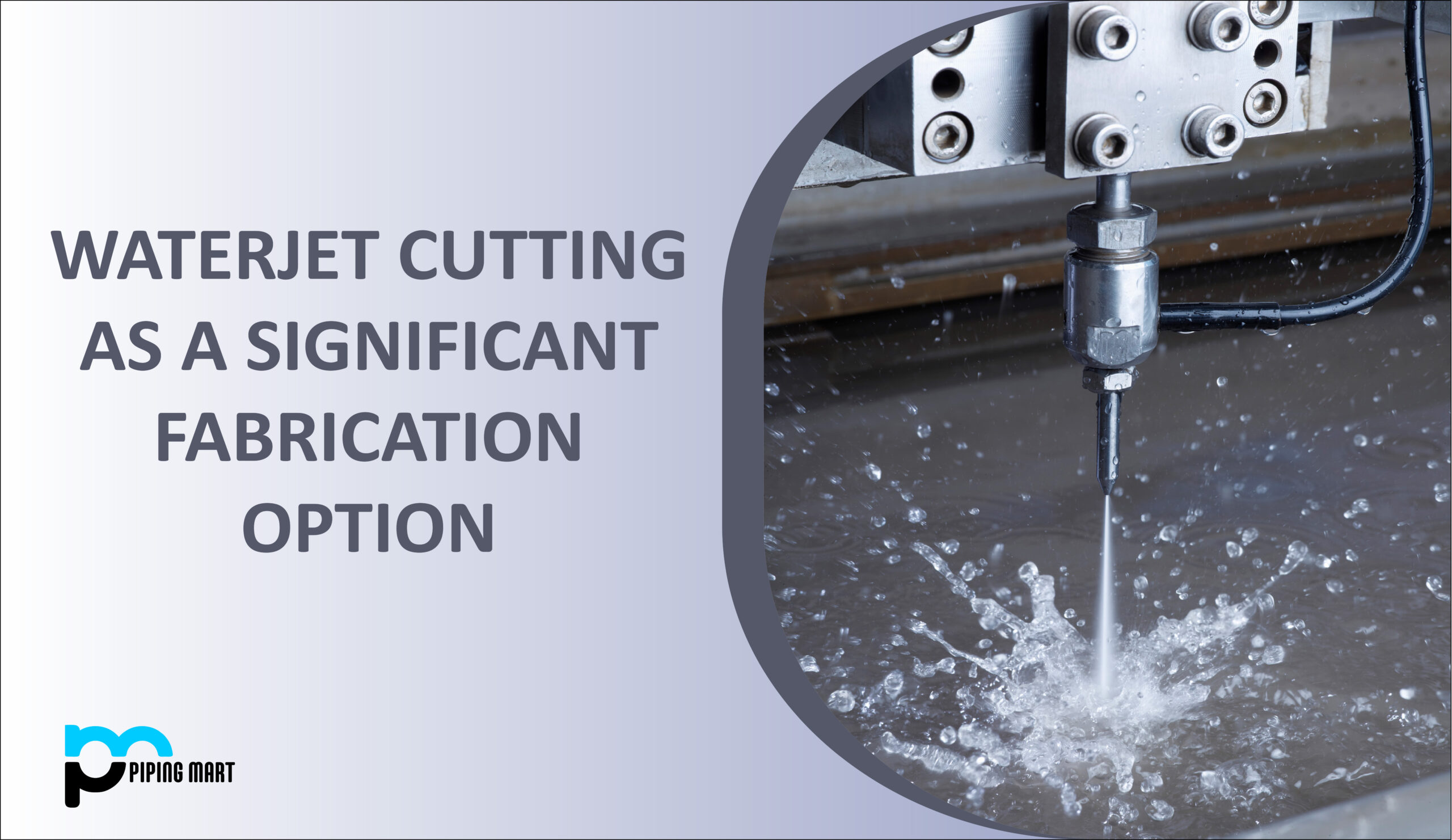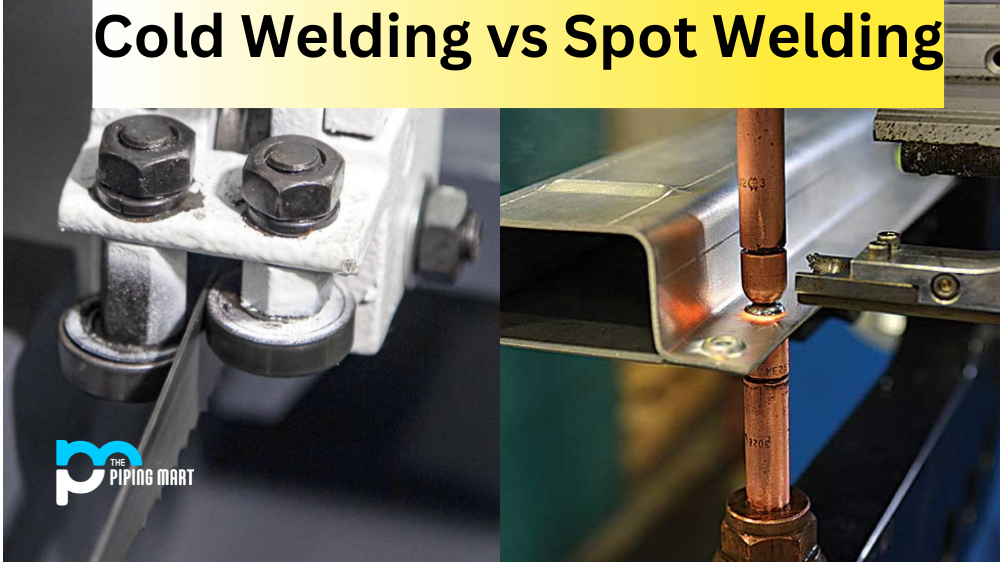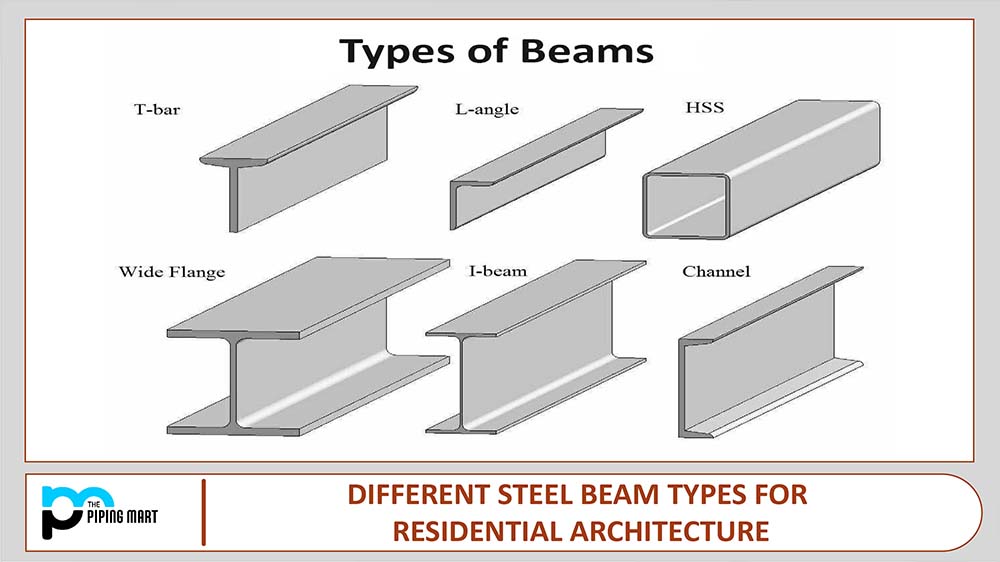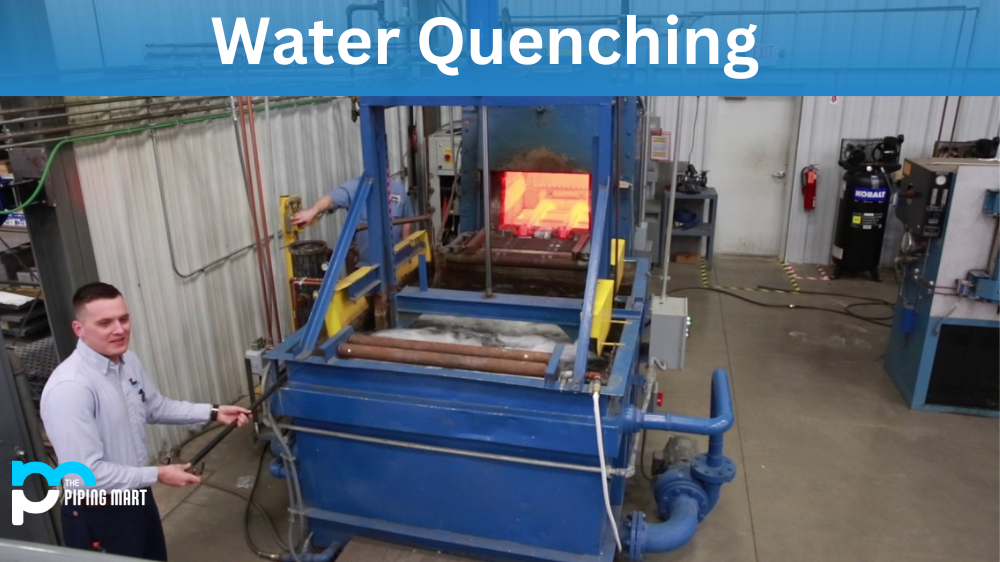What is Waterjet Cutting?
In the manufacturing process known as water jet cutting, several materials are cut and shaped using high-pressure water jets delivered by pressurizing pumps with a supersonic stream of water. It is an engineering technique that uses the force of extremely fast, highly dense, and high-pressure water to cut objects. A tiny, precise nozzle is utilized to project water under a pressure of 392 MPa during water jet cutting. Three times, the water reaches a speed of sound as it exits the nozzle. A small-bore nozzle fires water pressure to a maximum of 392 MPa (or around 4,000 atmospheres). A water jet with devastating force is created when water that an ultrahigh-pressure pump has compressed travels at a speed that is roughly three times the speed of sound.
It has several uses, but some of the most well-known ones include cutting dashboards, car bumpers, and roof materials. It was cutting and destroying concrete buildings. Additionally, it is applied to the cutting of modern-material aircraft fuselages.
Water serves as the cutting medium in pure water jet cutting, which is intended for soft materials like wood, plastic, and rubber. Cutting becomes more aggressive and can cut hard metals whenever an abrasive is added to water streams, one of them being titanium and others such as stainless steel, aluminum, glass, ceramic material, and concrete.
An industrial waterjet cutter is a versatile tool that can make cuts in various metals and other materials. It operates by guiding a high-pressure water jet that moves so quickly that it pierces through metal or other materials. An abrasive can be included in the water when dealing with metal or stone to increase the cutter’s effectiveness. It means that no abrasive has been added and that the edge is more likely to be used with softer materials like wood, plastic, or rubber if described as a pure waterjet (or even as water-only). Some of the most notable benefits of using a waterjet are its ability to cut with precision and the absence of heat it generates in comparison to other cutting techniques. It is versatile and used in any business where cutting, shaping, or reaming is required.
Features of Waterjet Cutting:
- No heat-related consequences- Water jet cutting is a non-contact method of processing. No modification to the object or change in color exists because no drills or other equipment are used to contact it.
- There is no restriction on what can be targeted- Very little water is on the cutting surface since cutting is done with minimal ultra-high pressure water. There are no restrictions on target objects, much like with laser cutting.
- It makes cutting with shapes easier- Cutting endlessly in every direction and from any condition. Both two-dimensional forms and three-dimensional objects can be cut.
- Known to be friendly to the environment- There is no influence on the environment or the workforce because no dust is produced. Additionally, processing can be carried out solely using water and sand (abrasives), making it environmentally benign.
Materials that can be cut with Waterjet:
Clean cuts can be made in various materials using a unique, highly effective technology called waterjet cutting. It’s an excellent way to prevent heat damage and distortion while providing a smooth, clean cut because no heat is involved. Although many people only think of metal when they think about waterjets, waterjet cutting can be used on various materials.
- Composite: A waterjet can cut a wide variety of composite materials, specially reinforced plastics. Waterjets are an excellent complement to manufacturing aerospace components and racecars because they can swiftly and precisely cut carbon fiber-reinforced polymers. Using a waterjet will prevent melting, tool blockage or wear, tool replacement, and the release of dangerous gases. Fiberglass can be swiftly and accurately sliced when cutting glass-reinforced polymers. One might have to ensure that no harmful dust or fumes are created by immersing the material while it is being cut.
- Steel: One of the most popular applications for waterjet cutting is cutting steel. All steel grades can be cut using waterjets, which also produce smooth edges without the burn marks, cracking, extra burr, or many other problems that come with heat-based cutting. Heat techniques may cause the part’s integrity to be compromised, making Waterjet cutting more advantageous. Waterjet cutting is a fantastic option for fabricating food processing and handling details along with aerospace materials because it doesn’t have a heat-affected zone. Even tool steel that has been hardened can be cut using a waterjet. Without running the risk of altering the metal’s characteristics, it is possible to cut in a fully hardened state.
- Other Metals: A water jet can also cut metals other than steel. The metal most frequently cut using a water jet is probably aluminum. All sorts of alloys may be effectively cut using a waterjet, even though alloys are often challenging to machine without heating up or distorting. Due to its accuracy, waterjet cutting is a fantastic method for cutting titanium because it will produce less scrap. This waste reduction is especially crucial for pricey metals like titanium. A waterjet is an excellent alternative for more reflective metals such as copper because there won’t be a reflecting problem like there is with laser cutting.
- Other Material: Most materials, excluding composites and metals, can be cut with a water jet. A waterjet can cut stone and concrete, making it the perfect instrument for marble flooring, architectural embellishments, and granite worktops. If their Mohs hardness is lower than 8.5, ceramics might be sliced using a water jet. Even with a waterjet, softer materials like rubber and wood can be scored using the water-only nozzle without an abrasive.
How does Waterjet Cutting work?
There are numerous ways to complete the water jet-cutting procedure. Most techniques use water mixed with an abrasive to blast particles off the workpiece. It is a highly flexible manufacturing technique that may be used to precisely cut, shape, and design an object.
The water jet cutting method provides several advantages compared to other cutting techniques like plasma or laser. Water jet cutting is more accurate, can handle intricate designs, and can be used on heat-sensitive surfaces.
- Kerf Width Measurement:
The amount of material removed during a cutting process is referred to as the kerf width. The name referred to the material removed by a saw blade’s initial cut. When referring to a water jet cutter, it means the stream’s width, which is typically 0.04 inches or less. Water jet cutting produces inside corners with a radius equal to the stream’s width. The material thickness, material type, cutting quality, and characteristics of the waterjet nozzle are only a few variables that affect the kerf. While establishing the final product’s dimensions, it’s crucial to consider the size of the kerf. The dimensions of the finished item must be changed to account for the cutting width if the kerf is 0.042 inches. Otherwise, the finished part will be 0.042 inches off.
- Initially piercing with a water jet:
The pierce, which is wider than the typical kerf, is the initial cut made by a water jet cutter. The first phase in the water jet-cutting procedure is the start of the piercing. There are numerous ways to accomplish it, with stationary, linear, circular, and even low-pressure being the most popular ones. One of the piercing techniques is utilized depending on the substance to be sliced and the amount of debris created.
- Decreasing the kerf width:
In water jet cutting, tapering refers to the difference in kerf width between the top and bottom of the cut. Because the stream loses some energy as it penetrates deeper into the material, water jet cuts have a V-shaped taper, with much more material being eliminated at the top than at the bottom.
By cutting more material at the bottom of the cut, slow cutting speeds induce a reverse taper, where the kerf width is greater at the bottom. Cutting soft, malleable materials reveals the reverse taper.
When cutting very thick materials, barrel tapers develop because the cut is broadest in the center of the amount.
- Making the Water Pressured:
The water is pressurized using various techniques, such as rotary direct drive pumps and linear intensifiers. A motor, water filters, control mechanisms, along with sensors are features shared by both types of pumps.
Hydraulic oil compressed to a 3000 psi pressure is used in linear intensifier pumps. The face area of the piston that low-pressure oil pushes against is 20 times larger than the face area of the high-pressure plunger that presses against the water. The size difference between the low and high-pressure pumps results in a 20-fold increase on the giant plunger, which results in a pressure of 60,000 psi. In a direct-drive rotary pump, hydraulic oil is not present. A crank that an electric motor rotates powers pistons that provide the water pressure. Water is supplied to the pump by an inlet on the 30 hp motors of direct drive pumps.
- High-Pressure Tubing:
High-pressure tubing carries the pressurized water from the pump to the cutting head. High-pressure tubing has an exceedingly smooth internal surface, excellent yield, and tensile strength. It is made from cold-worked stainless steel or thermoplastic pressure hose and is available in a wide range of lengths to meet the water jet cutter’s design. Sizes range from 0.25 inches to 0.563 inches.
- Water Jet Cutting Head:
The cutting head’s orifice, which is a material such as a diamond, ruby, or even sapphire with a hole smaller than the point of a pin, is where the pressurized water travels. The water’s velocity dramatically rises as it passes through, reaching over 90,000 psi or 2500 mph. The cutting head’s power directly impacts the cutting procedure. When utilized properly, a quality tooling cutting head can last 500 to 1000 hours.
A comparison of two cutting heads, one that uses simply water and another that uses abrasive. The red tube that transports the abrasive to the stream of water shows the distinction between the two types.
- Water Jet Cutter in Pure Form:
The pure water jet cutter was the first type of water jet-cutting tool. They are utilized because they leave the workpiece’s surface with less moisture than touching it. They have a thin stream that efficiently and precisely cuts excellently detailed geometries. A diamond used in creating a pure water jet cutter excludes rubies since they are inappropriate for use with pure water. The stream moves at 40,000 pressure for Mach 2 and 60,000 psi for Mach 3.
- Abrasive Water Jet Cutting System:
An abrasive substance is delivered into the abrasive water jet cutting head, where it is correctly mixed with the water stream. An abrasive is added to the stream to make it sharper and produce more efficient cutting. A water jet cutter can cut anything, irrespective of its hardness or thickness, with the addition of an abrasive.
Along with the abrasive water jet cutter, the stream speeds up the abrasive substance that wears down the cut material’s surface. An abrasive water jet cutter is one thousand times stronger than a pure water jet cutter. Without generating heat or mechanical stress, the stream’s increased diameter allows it to cut objects up to 10 inches thick.

Pipingmart is B2B portal specializes in industrial, metal and piping products. Also, share latest information and news related to products, materials and different types grades to help business dealing in this industry.




